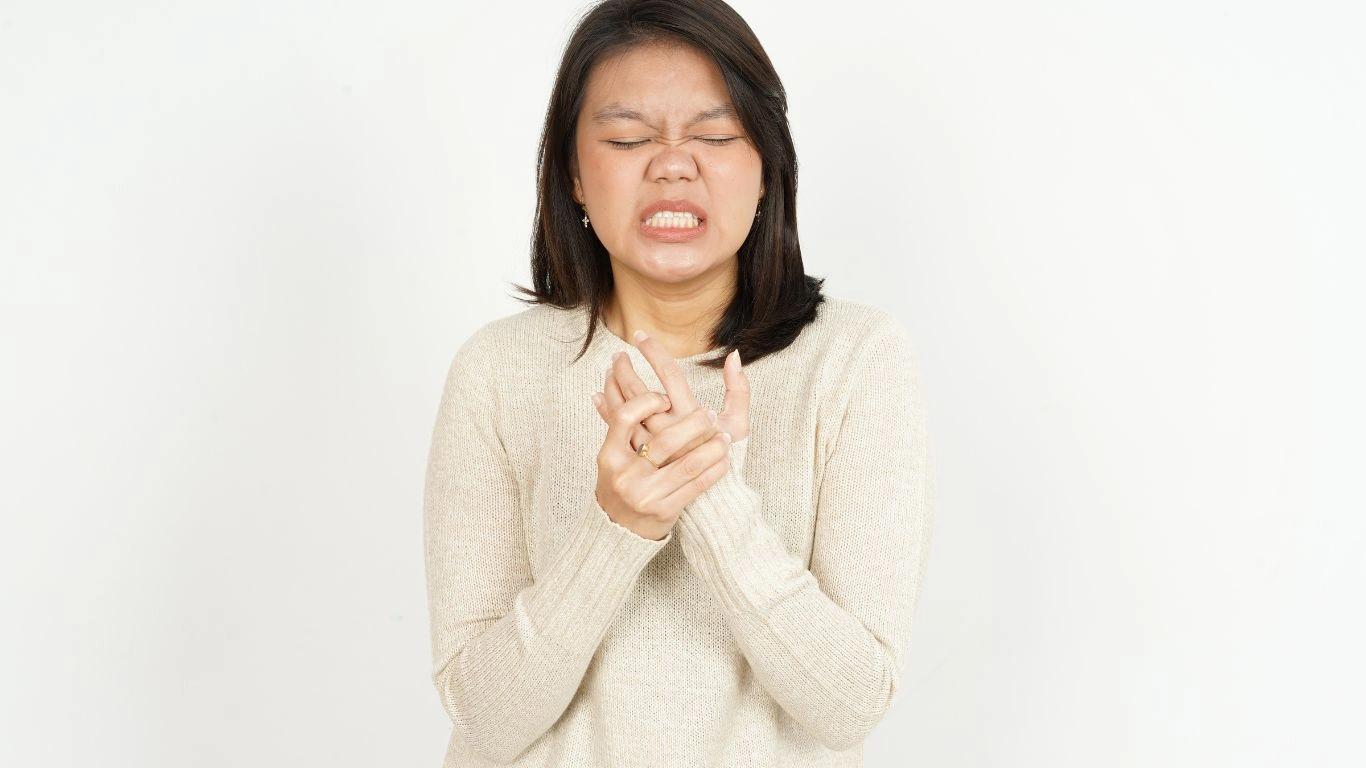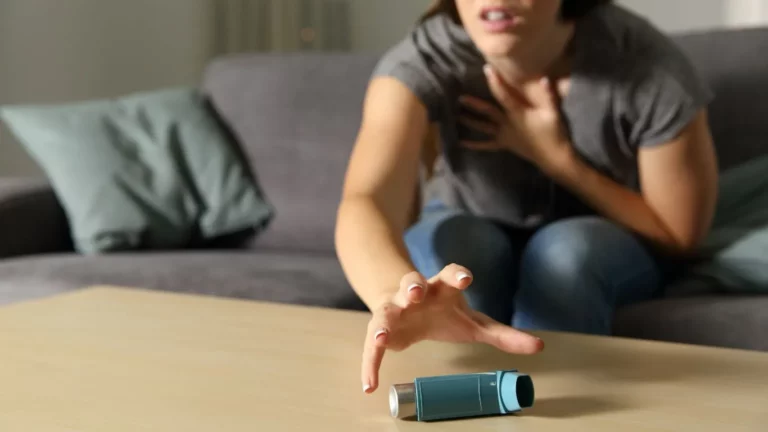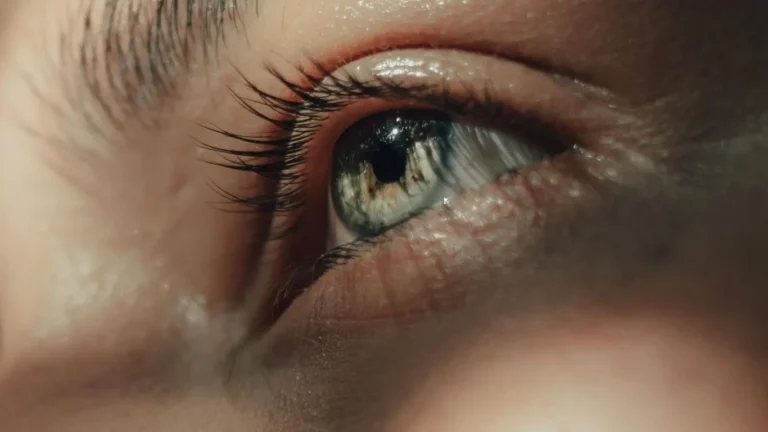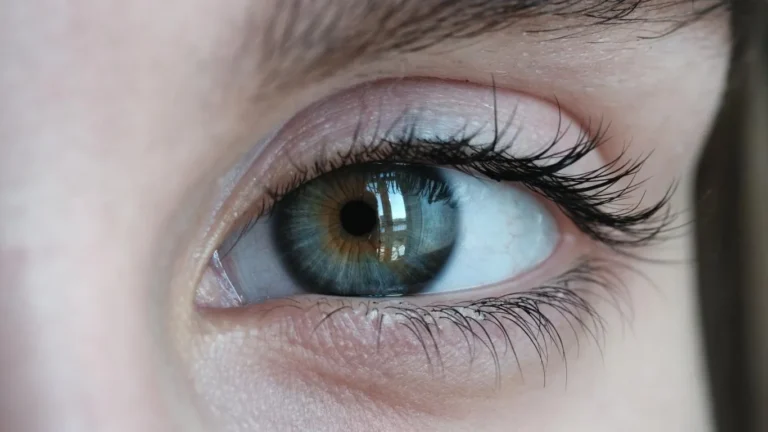Rheumatoid Arthritis in Men vs. Women – Understanding the Differences
Ever wondered why rheumatoid arthritis (RA) affects men and women differently? You’re not alone. Let’s dive into how this autoimmune disease impacts both genders and what sets them apart.
Rheumatoid arthritis (RA) is a chronic autoimmune disease that primarily affects the joints, causing inflammation, pain, and stiffness. But did you know that the way it affects men and women can be quite different? If you’re curious about how RA presents itself in men compared to women, you’re in the right place. Let’s break it down in a way that makes it all easy to understand!
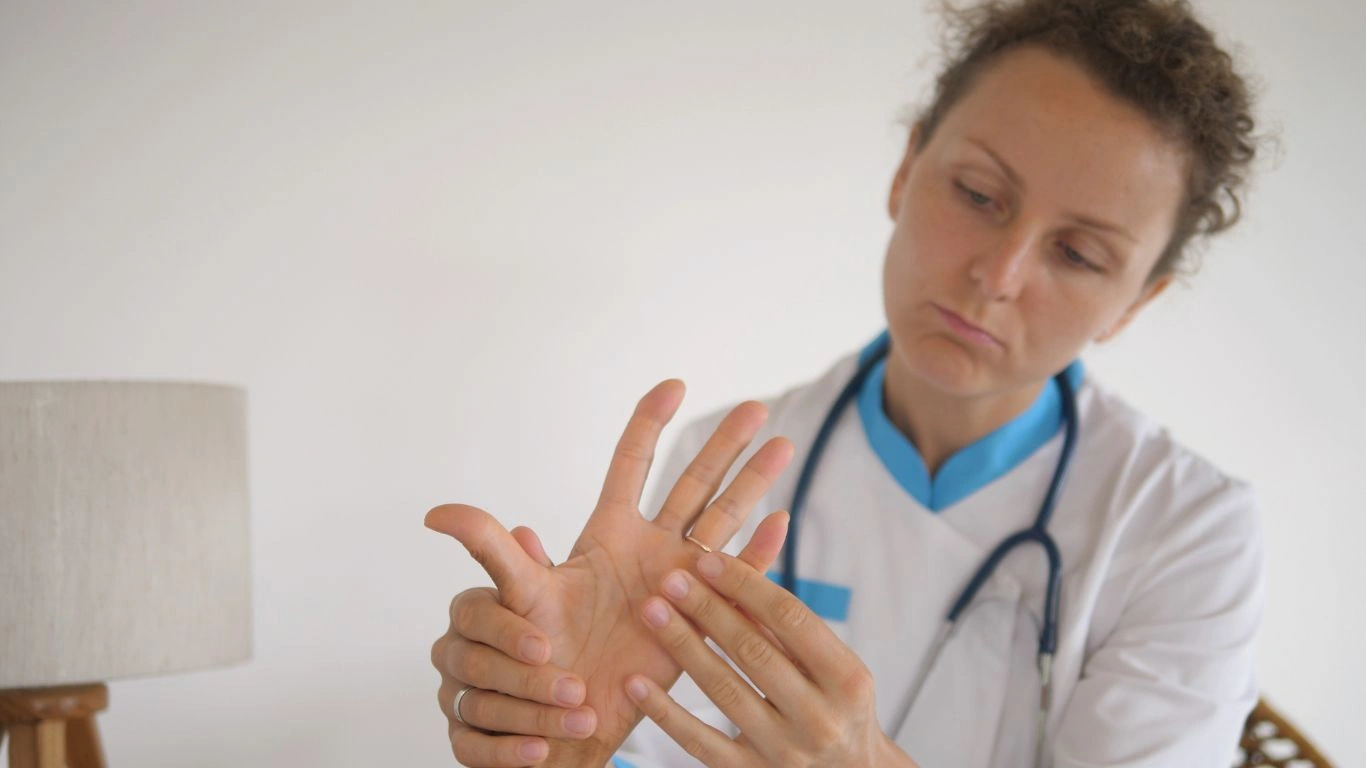
The Basics of Rheumatoid Arthritis
Before we dive into the differences between men and women with RA, let’s quickly go over what rheumatoid arthritis actually is. RA happens when the immune system attacks healthy tissues, mostly in the joints. This leads to inflammation, which causes pain, swelling, and sometimes joint damage. It’s a disease that affects the entire body, and in some cases, it can cause systemic issues that extend beyond the joints.
How RA Affects Women vs. Men
It’s no secret that RA affects women more than men. In fact, about 70% of people diagnosed with RA are women. But what’s going on here? Why is there such a gender gap?
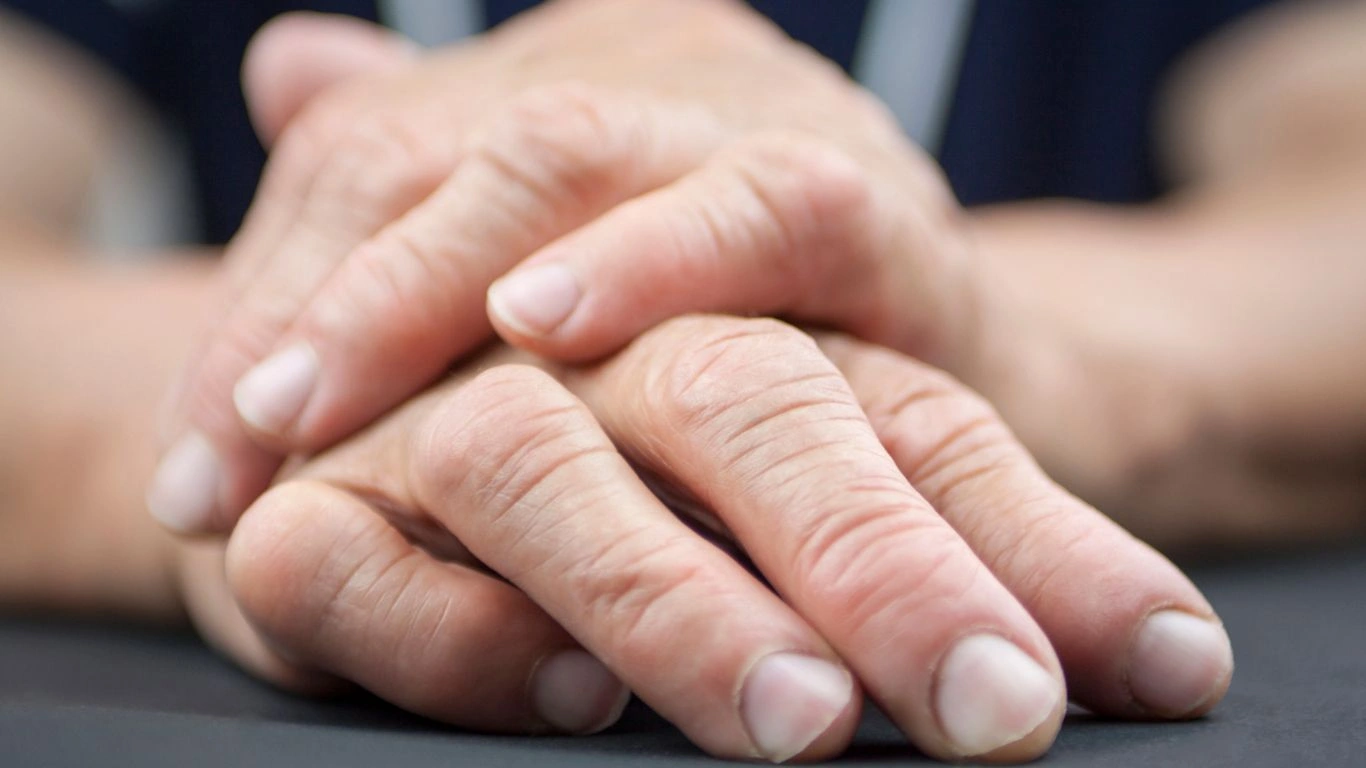
Why Women Are More Likely to Get RA
While the exact cause of RA isn’t fully understood, researchers believe that hormonal differences might play a big role. Women’s immune systems tend to be more reactive than men’s, which can make them more vulnerable to autoimmune diseases like RA. Hormones such as estrogen are thought to influence this heightened immune response. Some studies suggest that the higher levels of estrogen in women may increase their chances of developing RA.
Women with RA also tend to experience the disease more severely than men. They might have more joint damage, and it can be more widespread. The reasons for this are still being studied, but it could be due to both biological and genetic factors.
Men and RA: A Less Common but No Less Severe Condition
Although RA is more common in women, men who develop it often face some unique challenges. Men with RA typically experience the disease later in life than women, and their symptoms might look a little different. For example, men are less likely to have the severe fatigue that many women with RA report. However, when men do experience RA, it’s often in more severe forms.
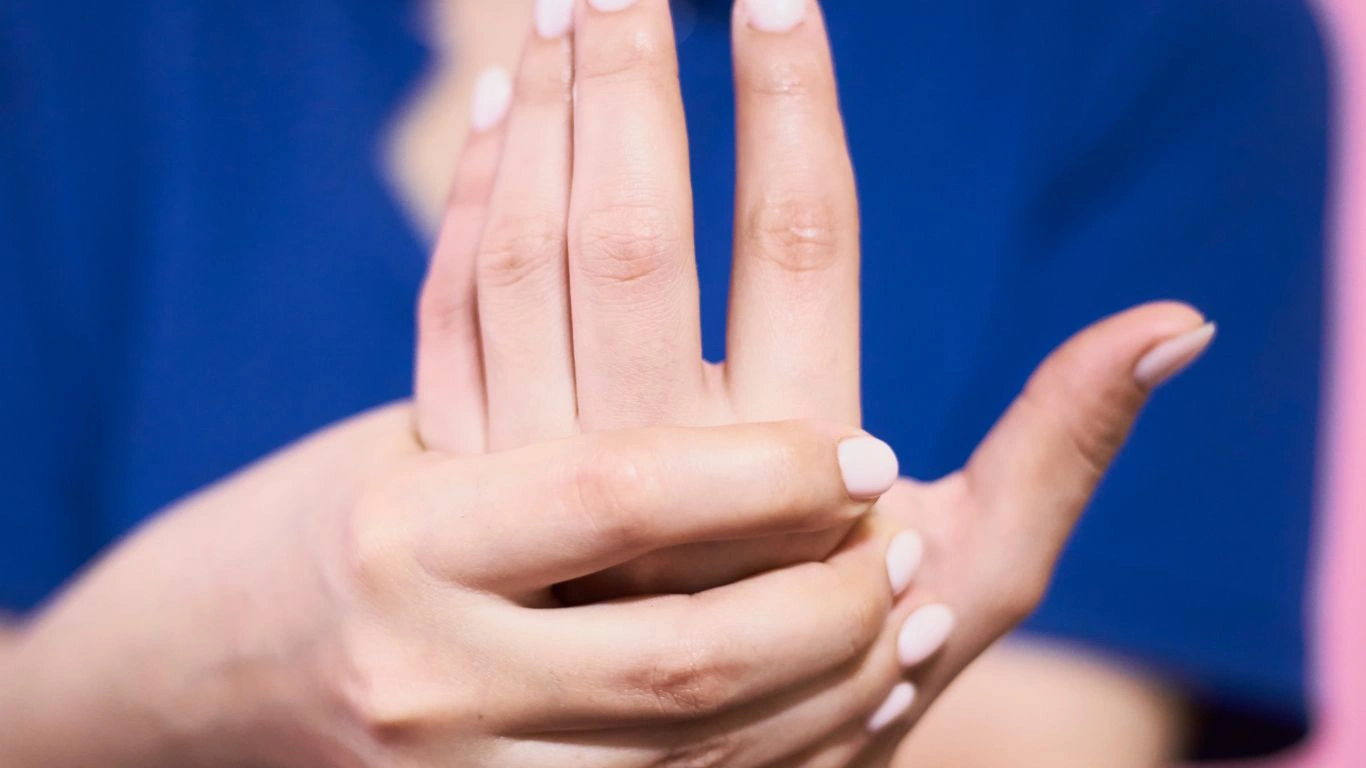
Symptoms in Women vs. Men: What’s the Difference?
RA symptoms are pretty similar across the board, but there are some key differences depending on whether you’re a man or a woman.
Women:
- More widespread pain: Women often experience pain in multiple joints, especially in the hands and wrists. The inflammation might also be more severe in women.
- Higher fatigue levels: Women with RA tend to report more exhaustion and fatigue than men.
- Stronger immune response: As mentioned earlier, women’s immune systems are more reactive, which can lead to greater inflammation and pain.
Men:
- Fewer, but larger joint issues: Men may have more damage in bigger joints like the knees or hips.
- Later onset: RA in men tends to appear later in life, often after the age of 60.
- Lower fatigue: Men with RA report less fatigue than women, but the pain they do experience tends to be more intense once the disease progresses.
Treatment for RA: Does Gender Matter?
You might be wondering if men and women are treated differently for RA. The short answer is yes, but it really comes down to how the disease presents in each gender.
- Women: Might need more aggressive treatments early on, especially if the disease is more widespread or severe.
- Men: Men, on the other hand, might not start treatment until later, which can sometimes lead to more joint damage before they get proper care. However, men generally respond well to medication and have a good chance of managing the disease if caught early.
Coping with RA: Gender-Based Challenges
While both men and women with RA face challenges, the way they cope with the disease can be different. Women might face societal pressure regarding caregiving roles, which can be harder to manage when dealing with a chronic condition like RA. Men may feel reluctant to ask for help, believing they need to be tough, which can lead to them not seeking the care they need.
It’s also important to recognize that both genders experience the emotional toll of RA. The physical pain is hard enough, but the mental strain of dealing with a chronic illness can be just as challenging. Support groups and counseling can help both men and women navigate the emotional side of RA.
Conclusion: Understanding RA in Men and Women
So, whether you’re a man or a woman dealing with rheumatoid arthritis, it’s important to recognize the unique challenges and symptoms that come with this disease. Women tend to experience RA more frequently and intensely, but men can also face significant challenges when the disease does strike. Both genders need to take early action and seek medical treatment to manage the disease effectively.
By understanding these differences, you’ll be in a better position to navigate life with RA—whether you’re a patient or just someone who cares about someone going through it.

Appendices
References
- National Institute of Arthritis and Musculoskeletal and Skin Diseases (NIAMS). (2023). Rheumatoid Arthritis. Read Article
- Smith, A., & Johnson, B. (2021). Gender Differences in Rheumatoid Arthritis: A Comprehensive Study. Journal of Rheumatology, 48(4), 234-242. Read Article
- American College of Rheumatology. (2024). Gender and Rheumatoid Arthritis: Understanding the Differences. Read Article
FAQs
- Can men get rheumatoid arthritis? Yes, men can get RA, but it’s less common in men compared to women. Men typically develop it later in life and may experience different symptoms.
- Why is RA more common in women? Hormonal differences, particularly the impact of estrogen, may make women more susceptible to autoimmune diseases like RA. Genetics and immune system variations also play a role.
- Do women experience more severe RA than men? Yes, women often experience more widespread pain and more severe symptoms compared to men with RA.
- What joints are most affected by RA in men? In men, RA more commonly affects larger joints like the hips and knees, especially later in the disease progression.
- Is RA treatable in men? Yes, men can manage RA effectively with early diagnosis and treatment. While RA may be more severe when untreated, men respond well to most treatments when started on time.
Disclaimer
The information provided in this article is for educational purposes only and is not intended to replace professional medical advice. Always consult with a healthcare provider for diagnosis and treatment options tailored to your individual needs.

Tarra Nugroho is a dedicated Nurse Practitioner with a strong foundation in family and preventive care. She brings both compassion and clinical expertise to her practice, focusing on patient-centered care and health education. As a contributor to Healthusias.com, Tarra translates medical knowledge into clear, empowering articles on topics like women’s health, chronic disease management, and lifestyle medicine. Her mission is simple: help people feel seen, heard, and informed—both in the clinic and through the content she creates. When she’s not caring for patients, Tarra enjoys weekend hikes, plant-based cooking, and curling up with a good health podcast.
